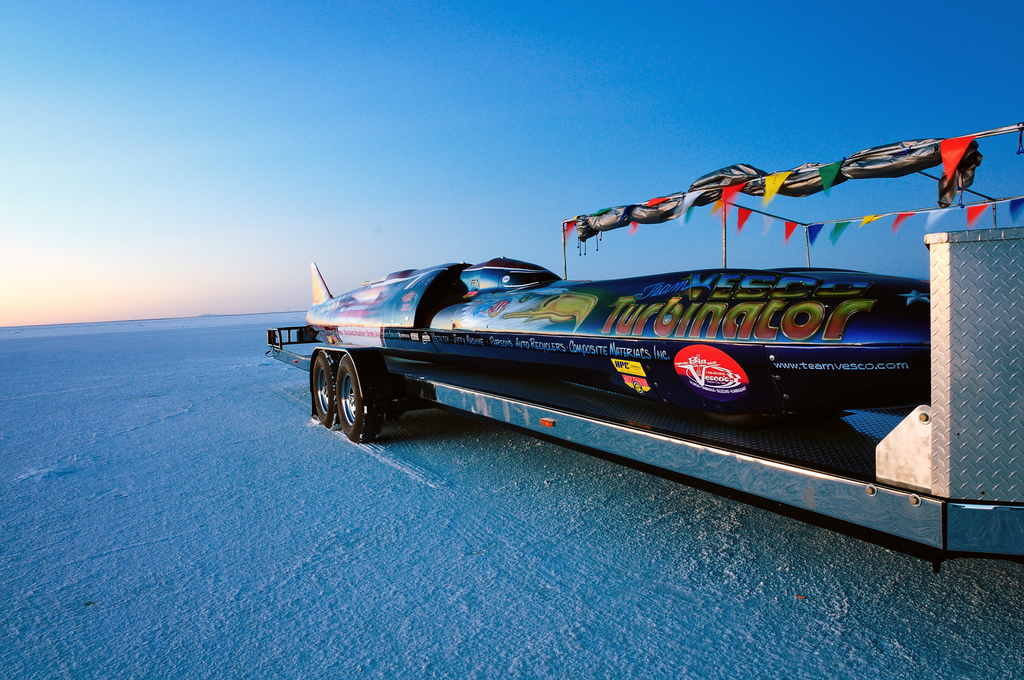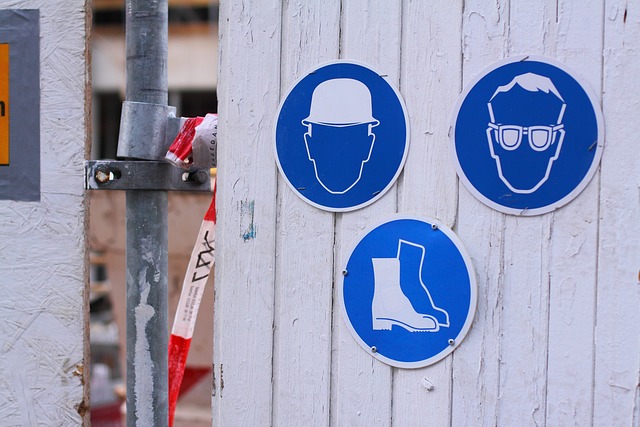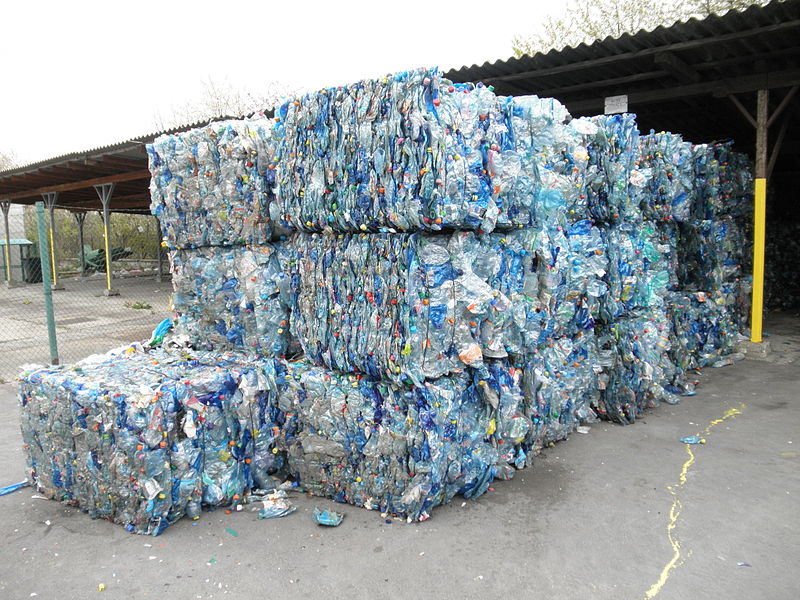After two years of cancellations, the land racing fans of Bonneville Salt Flats finally saw a return to action this past summer. But, despite this year’s celebration, the future of the salt flats is uncertain.
There is no doubt that the salt flats are diminishing. The questions are “Why?” and “What the heck can be done about it?”
Racing at the flats is not your usual motorsport experience. And the flats are not your usual geological region. For more than a hundred years, racers have descended on the Salt Flats with hopes of setting some sort of record with their vehicles. And for nearly 70 of those years, the Bonneville Salt Flats have been the amateur testing ground for unique hot rods of all sorts at Speed Week. The entrants seek to garner a record from the Southern California Timing Association (SCTA). Entries have included everything from a sleek machine going up to 400 mph to a vintage motorcycle cruising at 55 mph, or even the Jacuzzi Car that sloshed its way to a record no matter the speed, since nothing like it had ever been entered before.
As the name implies, it is hard-packed salt that makes Bonneville Salt Flats an ideal location for land racing. The extreme speeds attempted at Bonneville require a long distance for deceleration. And the salt, as opposed to sand, has a solid surface that doesn’t leave ruts. When it’s dry, that is.
Weather (and other factors) can have an obvious impact on the quality of the salty speedway. Salt, as you can imagine, dissolves in water. In the last couple of years, excessive spring rainfall has caused mudslides, impacting the twelve-mile-long by five-mile-wide racing area and putting a halt to the annual event.

Flickr CC/a4gpa
The salt flats were created when Lake Bonneville, more than 1,000 ft. deep and covering more than a third of Utah some 17,000 years ago, receded and evaporated. This process left behind minerals such as potash and halite (table salt), which constitute about 90 percent of what makes the salt flats what they are. The area now covers approximately 46 square miles and contains about 147 million tons of salt.
One particularly amazing characteristic of the flats is that a visitor has the ability to view the curvature of the earth from there with the naked eye, a distinction shared with only six other locations globally.
A delicate balance of natural processes is responsible for the continued existence of the salt flats. The region undergoes a natural cycle of crust replenishment from the elements. Dissolved minerals from local watersheds percolate to the surface during the cooler months, only to evaporate in the summer’s heat to form a new crust. Too much rain at a certain time can interfere with the cycle, leaving the salt flats unsuitable for racing. Thus, the cancellations of the past two past years.
The area is managed by the Bureau of Land Management, which is conducting ongoing studies to better understand the geological processes taking place there as well as trying to determine the potential for the site’s future demise. Previous U.S. Geological Survey studies have shown certain decline in the thickness of the salt. But, whether it is in a state of permanent decline or just a temporary fluctuation is unknown. And, determining the impact of human processes is another concern.
In addition to being an amazing place for racing, the Bonneville Salt Flats are a source of mined potassium, and some blame the mining for contributing to the region’s decline. Some point to the years of racing as a factor. But geologists aren’t ready to place blame on any specific factors without a lot more evidence being examined. The basic question remains as to whether the issue is one of too little salt or too much rain.
Racing enthusiasts have formed a “Save the Salt Campaign and Foundation” and want to be a part of the solution. If all goes well this winter, and the spring rains don’t come too late, the salt will harden and the racers will be back to enjoy “Speed Week” in August, “World of Speed” in September, and “The World Finals” in October.







